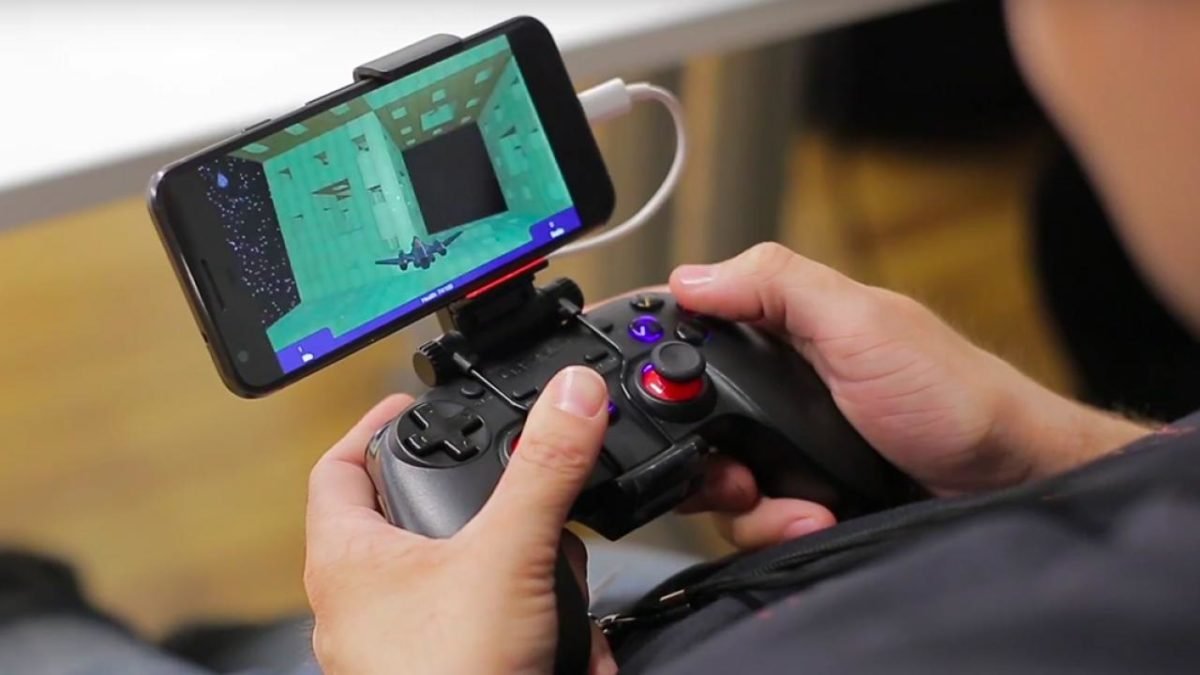Evolution of Mobile Gaming Offers Inclusive Games to Play

The world of video games is in a state of perpetual evolution, and at the forefront of this transformation is mobile gaming. What began as simple, pixelated diversions on early feature phones has blossomed into a multi-billion-dollar industry, a global phenomenon that is fundamentally reshaping how, where, and why we play. This isn’t just about a bigger screen or faster processing; it’s a profound paradigm shift driven by a convergence of cutting-edge technology, a new generation of digital-native players, and a business model that is more accessible and inclusive than ever before. This article will take a deep dive into the core concepts of mobile gaming’s evolution, exploring the pivotal role of advanced hardware, the rise of a new gaming ecosystem, the challenges that still need to be addressed, and the immense opportunities that lie ahead for a more accessible, social, and immersive future.
The Hardware Revolution

The journey of mobile gaming is a direct reflection of the rapid advancements in smartphone technology. The devices in our pockets are now more powerful than the gaming consoles of a decade ago, and this raw power is enabling a new level of gaming experience.
A. The Next-Gen Mobile Processor
The heart of every modern smartphone is its processor, or SoC (System on a Chip). These tiny, powerful chips are a marvel of engineering, and they are now being designed with a laser-like focus on gaming performance.
- Dedicated Graphics Units: The latest SoCs feature a dedicated graphics processing unit (GPU) that can handle a level of graphical fidelity that was once confined to a PC. This allows for stunning visuals, a smooth frame rate, and a level of realism that is almost indistinguishable from a console.
- AI-Powered Performance: The new mobile processors are also powered by artificial intelligence. AI models are used to optimize a game’s performance in real-time, reducing latency, improving power efficiency, and ensuring a smoother, more responsive gaming experience.
- Faster Memory and Storage: The memory and storage in a modern smartphone are also seeing a major upgrade. A faster memory and a solid-state storage drive allow for quicker load times, a more seamless gaming experience, and a new level of creative freedom for game developers.
B. The Display
The display on a smartphone is the player’s primary window to a game’s world. The new generation of displays is designed for a more immersive and responsive gaming experience.
- Higher Refresh Rates: The latest smartphones feature a higher refresh rate, from 90Hz to 120Hz or even 144Hz. This results in a smoother, more fluid gaming experience, with a lower level of input latency. This is a game-changer for fast-paced, competitive games.
- OLED Technology: The use of OLED display technology is becoming more common in smartphones. An OLED display features a higher contrast ratio, a deeper level of black, and a more vibrant range of colors, which makes for a more immersive and visually stunning gaming experience.
- The Immersive Experience: The new displays, with their higher refresh rates and vibrant colors, are a major component of a new, more immersive gaming experience. They are blurring the line between a mobile game and a console game.
The New Gaming Ecosystem
The business model of mobile gaming has also undergone a radical transformation. The traditional model of a one-time purchase is being replaced by a more flexible, accessible, and social one.
A. Free-to-Play and Micro-Transactions
The free-to-play model is the cornerstone of the mobile gaming ecosystem. A player can download and play a game for free, and the developer monetizes the game through in-game purchases and a subscription-based model. This model has several advantages:
- Lower Barrier to Entry: The free-to-play model eliminates the financial barrier to entry, allowing anyone with a smartphone to play a high-quality game. This has been a massive driver of growth, bringing gaming to a global audience that was once left out of the conversation.
- A Stable Revenue Stream: The free-to-play model provides a stable and predictable revenue stream for developers, which allows them to take on more creative and innovative projects.
- A Focus on Engagement: The model is a new and more effective way for a developer to monetize a game. The focus is on creating a game that is so engaging and so rewarding that a player will want to continue playing it for a long time.
B. The Power of the Cloud and Subscriptions
The mobile gaming ecosystem is also a major component of the cloud gaming revolution. A player can now stream a high-fidelity game to their smartphone, eliminating the need for a physical copy and allowing them to access a massive library of games on-demand. This is a game-changer for those who want to try a new game without a major financial commitment. The subscription-based model is also a major driver of this change. Services like Apple Arcade and Google Play Pass provide a new way for a player to access a library of high-quality, premium mobile games for a single monthly fee.
C. The New Social Hub
The social aspect of mobile gaming has also undergone a radical transformation. The new mobile games are more social than ever. They are designed for a more collaborative and competitive experience, with a focus on a shared, multiplayer experience. The new social features, such as voice chat, video conferencing, and a shared virtual space, are creating a new level of social interaction and a new kind of gaming community.
The Impact on Game Development and Players

The evolution of mobile gaming is not just changing the hardware and the business model; it is changing how games are made and how we play them.
A. A New Level of Creative Freedom
The power of modern mobile processors has freed developers from the technical constraints of the past. They can now focus on creating more detailed worlds, more complex narratives, and more immersive experiences. The use of advanced rendering techniques and new development tools is allowing a small team of developers to create a game that looks and feels like a massive, triple-A title.
B. The Player as a Co-Creator
The new mobile games are also giving the player a new level of creative freedom. The use of user-generated content (UGC) platforms is becoming more common in mobile games. A player can now create their own levels, their own characters, and their own narratives, and then share them with a global audience. This is a powerful shift that is turning a player from a passive consumer into an active co-creator.
C. The New Era of Player Wellness
The mobile gaming industry is also starting to recognize its responsibility to the player’s well-being. A new emphasis on holistic wellness is changing how games are designed and how players interact with them. This includes a new focus on mental health, physical fitness, and a more balanced and healthy gaming lifestyle.
Conclusion
The evolution of mobile gaming is a powerful and transformative force that is fundamentally reshaping the landscape of interactive entertainment. What began as a simple form of diversion has evolved into a multi-billion-dollar industry, a global phenomenon that is as social and as immersive as it is accessible and inclusive. The incredible power of modern mobile processors, combined with the groundbreaking speed of the new mobile networks, is enabling a new level of realism, immersion, and creative freedom for game developers. The new business models, such as the free-to-play model and the subscription-based model, are a clear signal that this movement is here to stay.
However, as we embrace this new era, we must also confront the significant challenges that lie ahead. The most critical one is the ethical challenge of monetization. The use of in-game purchases and loot boxes can be a major concern for parents, and the industry will need to find a new and more ethical way to monetize mobile games. The digital divide, the question of data ownership and privacy, and the need for a more inclusive and welcoming community are all hurdles that must be addressed proactively. The future of mobile gaming is a journey that will be defined not just by its technological prowess but by its ability to create a world that is more connected, more human-centric, and more conducive to a person’s overall well-being.









